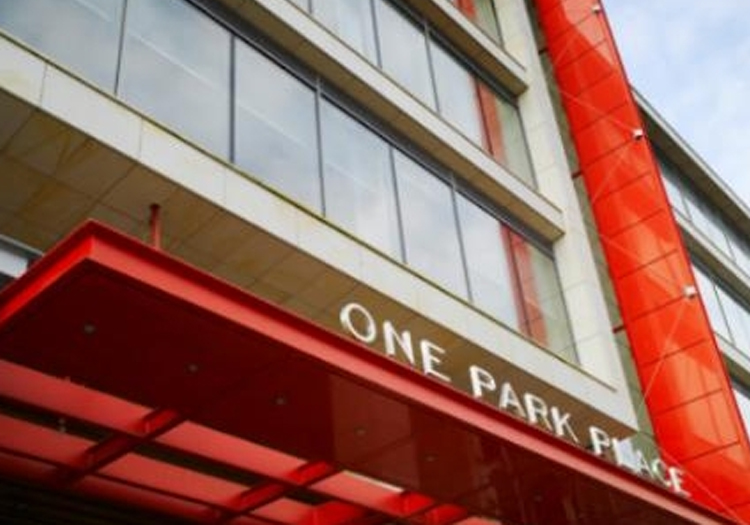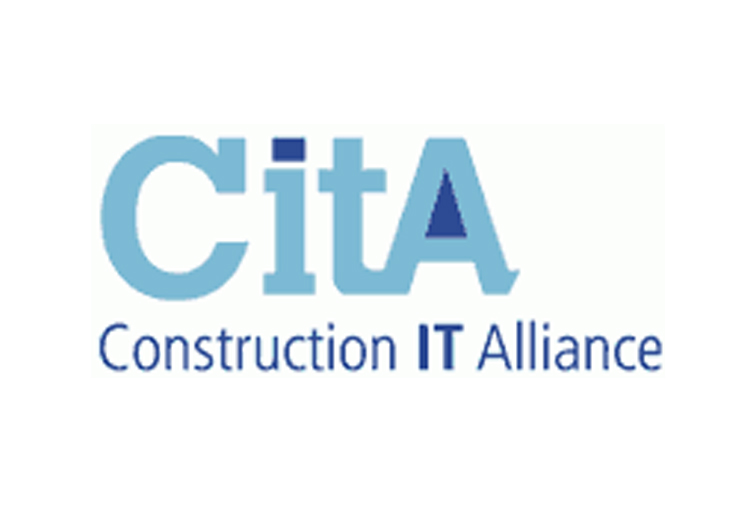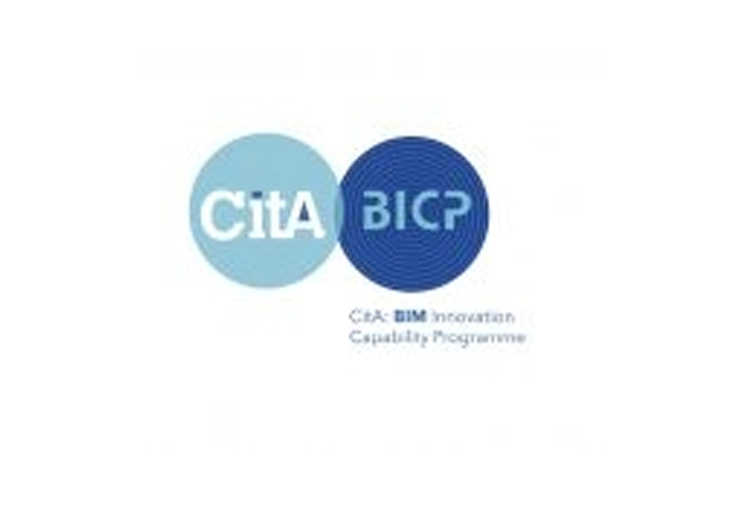
BIM for Lean Construction
Lean construction focuses on eliminating waste, improving processes and productivity, and providing more value for the customer as well as the supply chain.
BIM plays a pivotal role in lean construction. Traditionally, paper documents are used for information. They generally use programs like CAD or Excel, but then place the information on a paper document. This presents many problems. It takes manpower to manually produce, coordinate, and check these document and as a result they may contain errors that leads to confusion, delays, and even litigation in some cases. These errors are costly in terms of time and money. The paper system is wasteful and labour intensive. This isn’t in keeping with lean construction.
BIM involves virtual construction with the use of software. The software creates a digital 3D information model that represents the components of a real life building. The other information about the building is also represented. This allows engineers, architects, and consultants, to understand all aspects of the building before construction has begun. This allows them to identify design and coordination problems and correct them using the 3D model.
The information is also available for scheduling, planning, cost analysis, energy analysis, and quantity take off. When compared to the traditional method of receiving paper documents which have to be read, printed, the relevant information identified and extracted, and then reproduced, it’s easy to see the impact BIM can have on lean manufacturing.
With BIM the information only has to be created once. If changes need to be made, they can easily be done in the model. It is much more efficient at producing, exchanging, and managing information, allowing teams to collaborate more easily in keeping with the principles of lean construction.

